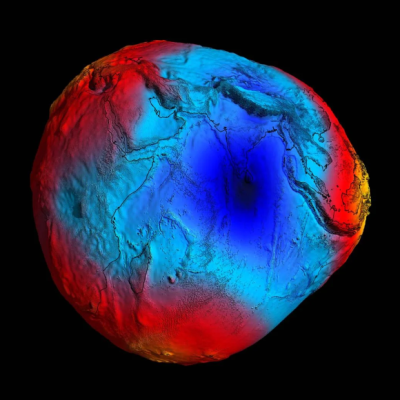Physicists have created a wormhole in a quantum computer for the first time, allowing quantum bits to be tunneled through such a singularity. The experiment aims to provide answers to fundamental questions in physics. The concept of wormholes has been around since Albert Einstein and Nathan Rosen postulated in 1935 that a black hole could form tunnel-like connections between different locations in spacetime. However, due to the extreme gravitational conditions, it is controversial whether an Einstein-Rosen bridge would actually be passable. The concept of wormholes has since been expanded to include a quantum mechanical extension, according to which the Einstein-Rosen bridge corresponds to a quantum entanglement at both ends of the tunnel-like connection.
Scientists from the California Institute of Technology (Caltech) and Harvard University have now experimentally investigated the previously theoretical concept of a wormhole with teleportation. They created a wormhole in a quantum computer, using a quantum system that converts the characteristics of a typical wormhole into a quantum model. The physicists simplified the model so much that it could be simulated in Google’s Sycamore quantum computer using artificial intelligence. The experiment successfully sent a qubit through one end of the quantum wormhole, which emerged intact from the other end.
The study provides a basis for further quantum physics tests that could answer some of the fundamental questions in physics, such as how gravity as spacetime curvature can be reconciled with quantum and particle physics. The connection between quantum entanglement, spacetime, and quantum gravity is one of the most important questions in fundamental physics. The researchers are excited to take the first small step towards testing these ideas using quantum hardware. They are currently working on new methods to map more complex wormhole models in quantum computers.










